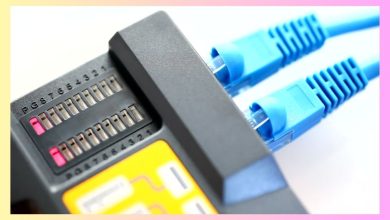How can I use a 1031 exchange in real estate to defer taxes?

When investing in real estate, one of the biggest challenges many property owners face is the hefty tax bill triggered by selling a property. But what if you could defer those taxes and reinvest your profits right away? That’s where the 1031 exchange—a powerful tool under U.S. tax law—comes into play. Named after Section 1031 of the Internal Revenue Code, this process allows investors to sell a property and reinvest the proceeds in a new property while deferring capital gains taxes.
Here’s a deep dive into how you can use a 1031 exchange to your advantage in real estate investing.
What is a 1031 Exchange?
A 1031 exchange, also known as a like-kind exchange, is a transaction that allows real estate investors to swap one investment property for another and defer the capital gains taxes they’d ordinarily pay on the sale. This IRS-approved strategy can be incredibly useful for individuals hoping to grow their wealth by reinvesting in higher-value properties over time.
[ai-img]real estate exchange, property investment, 1031 exchange[/ai-img]The icing on the cake? As long as you follow the rules, you can keep trading up for larger properties without paying taxes on each sale.
The Key Rules of a 1031 Exchange
To take advantage of a 1031 exchange, you must adhere to some specific rules. Here are the most important ones:
- Like-Kind Property: The properties exchanged must be of “like-kind,” which in real estate generally means both properties must be used for business or investment purposes. Residential property doesn’t qualify if it’s for personal use.
- Timeline Requirements: You have 45 days after selling your property to identify potential replacement properties, and 180 days to complete the purchase of one or more of them.
- No Touching the Money: At no point can you take possession of the sale proceeds. A qualified intermediary must handle the exchange process and hold the funds.
- Equal or Greater Value: To fully defer capital gains taxes, the new property must be of equal or greater value than the property sold, and all of the proceeds must be used to acquire the replacement property.
Step-by-Step: How to Execute a 1031 Exchange
The process might seem complicated, but broken down step-by-step, it becomes much more manageable. Here’s how a typical 1031 exchange works:
- Sell the Original Property: Put your current investment property on the market and find a buyer.
- Hire a Qualified Intermediary (QI): Before closing the sale, hire a QI to handle the transaction. They will hold the proceeds from the sale until a replacement property is secured.
- Identify a Replacement Property: Within 45 days, you must identify one or more potential properties you’d like to purchase.
- Close on the New Property: Complete the purchase within 180 days from the sale of your original property.
Once you’ve closed on the new property, the intermediary transfers the funds, and your exchange is complete—with no taxes due at this point on your capital gains.
Benefits of a 1031 Exchange
Why go through this process? Here are a few compelling advantages:
- Tax Deferral: The main benefit is obvious—you don’t have to pay capital gains taxes immediately, freeing up more money to reinvest.
- Portfolio Growth: By leveraging deferred taxes, you can effectively grow your real estate portfolio faster than you could by paying taxes on every sale.
- Diversification: Investors can use 1031 exchanges to shift into different types of properties, across different geographic locations or markets.
Potential Drawbacks to Consider
While a 1031 exchange offers many advantages, it’s not without drawbacks. Here are a few to keep in mind:
- Strict Requirements: Missing a deadline or mishandling the process can disqualify the exchange, leading to an unexpected tax bill.
- Limited Use: You can only exchange investment or business properties—not second homes or primary residences.
- Complexity: The process requires legal and financial guidance, which can add to the transaction’s cost and complexity.
Final Thoughts
Whether you’re a seasoned investor or just beginning your journey in real estate, understanding how to leverage a 1031 exchange can make a massive difference. It allows you to continually invest in larger and potentially more profitable properties without taking a hit from capital gains taxes at each step. However, due to the intricacies and strict regulatory terms, it’s highly advised to consult with tax professionals and legal advisors before proceeding with a 1031 exchange.
A well-executed 1031 exchange can be a game-changing strategy in building long-term real estate wealth.



